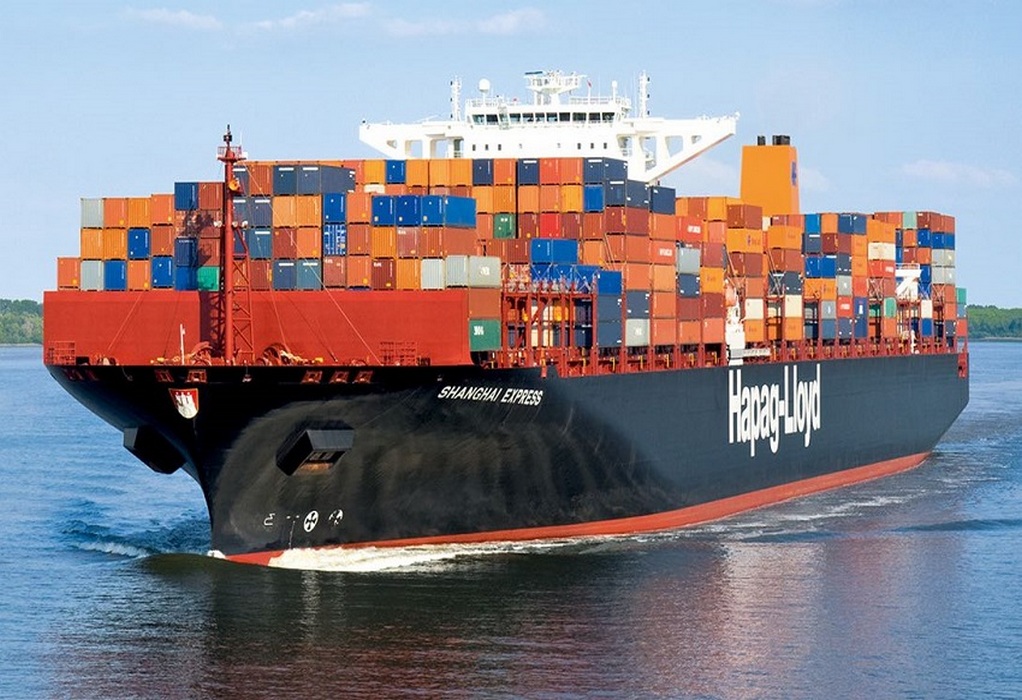Maersk Broker is reporting CMA CGM and Hapag-Lloyd have approached several Korean yards for 10 and six 4,000 teu methanol dual-fuel vessels with Hyundai Mipo Dockyard deemed the frontrunner.
In China, meanwhile, Maersk Broker is reporting COSCO is lining up a new series of 16,000 teu methanol dual-fuel ships at affiliated yards. Last year in October, the Chinese liner ordered a dozen 24,000 teu methanol duel fuel ships at NACKS and DACKS, two yards the company runs with Kawasaki Heavy Industries.
The incredibly skewed global orderbook continues to throw up all manner of records, with long-term ramifications for the main shipping segments.
By July last year, the boxship orderbook had become larger than both the tanker and bulker orderbooks in dwt for the first time, according to Clarksons Research.
The container orderbook as a percentage of the current fleet stands at 29.5% according to Clarksons with only the LNG sector having a higher orderbook to extant fleet ratio.
LNG orders have been at record levels this decade, and there looks to be little let up in this lucrative sector for shipyards.
Brokers BRS, set to publish their annual review tomorrow, note that a further 168 LNG carriers are required across the next seven years, equivalent to 24 vessels ordered each year in order to meet the 5% theoretical and observed annual increase in LNG demand. This forecast takes into account the current orderbook, vessels being scrapped when they reach years of age, and LNG carrier conversions into FSU/FSRU/FLNG.
According to brokers Braemar, 2021-22 marked the most active period for the global shipbuilding industry since the 2006-08 and 2013-15 booms. As such, major yards’ forward cover now extends well into 2025-26.
Tags: CMA CGM, Cosco, Hapag-Lloyd, IMO, Maersk, Methanol



Recent Posts
Scandlines Nears Delivery of Zero Emissions Ferry Following Successful Sea Trials
India faces emission roadblocks with rising net-zero demands
Green Energy Resources invests in two electric Liebherr LHM 550
NYK Launches Continuous Use of Bio LNG Fuel on Car Carriers to Advance Decarbonization Goals
Yang Ming Expands Fleet with Methanol and LNG Dual-Fuel Vessels Under Fleet Optimization Plan
ClassNK Advocates Speed Gap Monitoring to Optimize Fuel Efficiency in Heavy Weather
Wärtsilä’s retrofit package for the Corsica Linea ferry Pascal Paoli has resulted in fuel savings of up to 22 percent Corsica Linea
COSCO Shipping Names Second Methanol Dual-Fuel Containership in Yangzhou